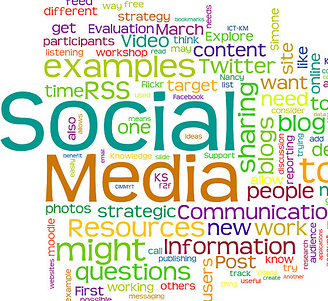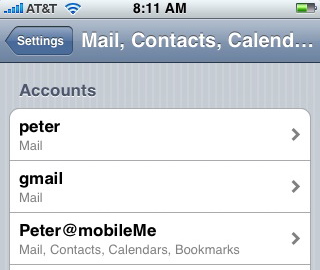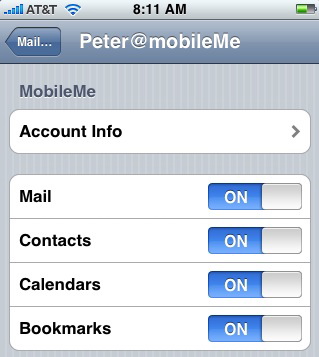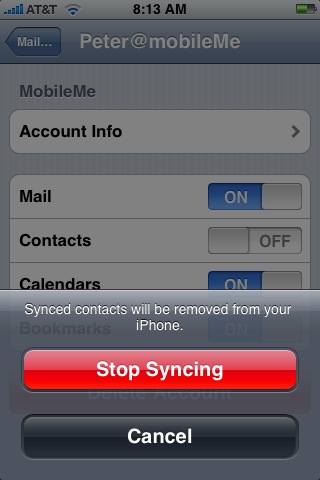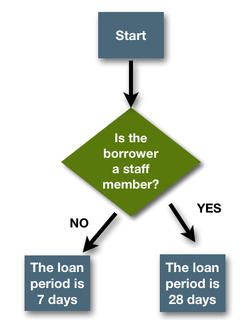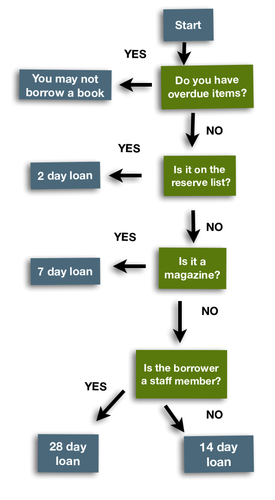Engage Student Discussion: Use the Social Network in Your Classroom

social media
“UT Dallas History Professor Dr. Monica Rankin, wanted to know how she could reach and include more students in the class discussion. She had heard of Twitter… The following is a short video describing her “Twitter Experiment” in the classroom with comments from students about the pros and cons of Twitter in a traditional learning environment.” (Filmed by UT grad student kesmit3.) Link to notes on the experiment.
What is the Real Value of Educational Technology?
I’ve come to depend on the folks I follow on Twitter to keep me informed and thinking. One of my favorite contributors is Instructional Technology Coordinator, Ben Grey. This morning I followed his tweet to the post “Why Technology?” he did at the TL Advisor Blog. Ben raised an important question,
“Something has been happening lately in education, and the implications are a bit unsettling. People are beginning to ask a cogent question, but I fear it’s being framed for the wrong reason. I’m hearing more and more important decision makers asking, “Why are we using technology?”
… If tomorrow you had to stand in front of your Board of Education and respond to the question, “why should we continue to use and pursue technology in our district,” what would you say?” more
I invite you to join Ben’s conversation. I posted a response to his question at the TL blog. But I want to reprint it here to share with my readers.
My response:
It’s a great question and one that I’ve had to answer as an assistant superintendent for instruction. Here’s a few elements of what I’d say to the school board.
As more information is digitized, we move from a top-down broadcast model of communications to one that fosters creativity and collaboration. The digital age devalues lower-order thinking skills but provides tools that allow us to analyze, evaluate and create.
New technologies can put our students in charge of the information they access, store, analyze and share. Many of our students only have access to those tools in our schools. They have the right to participate in the digital age.
Investing in technology should not be a thoughtless response. New technology does not necessarily improve the quality of instruction (We have all sat through dull PowerPoint presentations that were as “mind-numbing” as an old filmstrip.)
We should continue to look for a ROI on our technology investments, but it may not be tracked in test scores that simply measure lower order recall of information. A better metric would ask if a technology helped us to create learning experiences that provoke student reflection in a new, more engaging and collaborative way. Such as…
- Wordle, a free Web 2.0 offering allows students to visualize and interpret text.
- Google docs allows students to share their thinking in a way that is difficult to replicate on paper.
- Web access and social networking allows students to collaborate beyond the confines of the classroom and school day.
Here’s an example of all three put to use in a collaboration by a self-directed international group of teachers (It was mainly coordinated / promoted via Twitter.) “Build Literacy Skills with Wordle”
Shouldn’t our students have access to the technologies that allow them to create, collaborate and share their thinking on subjects that matter to them?
Image source: Flickr / Money ~ by PT Money
Money – Feel free to use this image on your blog, website or other publication. Please give attribution (i.e. link) to ‘PT Money’ ptmoney.com
Lost All Your Contacts on iPhone? Here’s How to Get Them Back
 I sync my iPhone, MacBook and iMac over MobileMe. I like that a change in an appointment or contact on one device shows up on the other two. But MobileMe has a problem! Twice in the last week I have opened my iPhone to find that all my Contacts were gone. This calamity mysteriously happened on its own. (I did not make any setting changes to lose my contacts.) But here’s how I got them back.
I sync my iPhone, MacBook and iMac over MobileMe. I like that a change in an appointment or contact on one device shows up on the other two. But MobileMe has a problem! Twice in the last week I have opened my iPhone to find that all my Contacts were gone. This calamity mysteriously happened on its own. (I did not make any setting changes to lose my contacts.) But here’s how I got them back.
Note: This post detail the process for restoring contacts when running iPhone 3.0 software. If you are using iOS 4, follow this link to my July 2010 update.
1. On my iPhone I went to “Settings” and picked “Mail, Contacts, Calendar.”
All the email accounts you have on your iPhone will be there as choices along with your MobileMe account.
2. Under accounts I selected my MobileMe account. You get a list of all the data that MobileMe is syncing.
3. I turned Contacts “Off.” (It’s the only sync I turned off.) You get this dialogue box asking you if you really want to do this. Be brave and agree to “Stop Syncing” your Contacts.
4. I waited a few seconds then I went back to the screen in Step 2 above and turned Contacts “On.”
5. I gave the iPhone some time to sync. It probably helps to be on wifi.
6. When I reopened my Contacts on my iPhone, they had all returned. Note on this last step you might have to open and close Contacts a few times to get your iPhone to force a MobileMe sync.
I have no idea why this is happening. Looks like MobileMe has some work to do!

